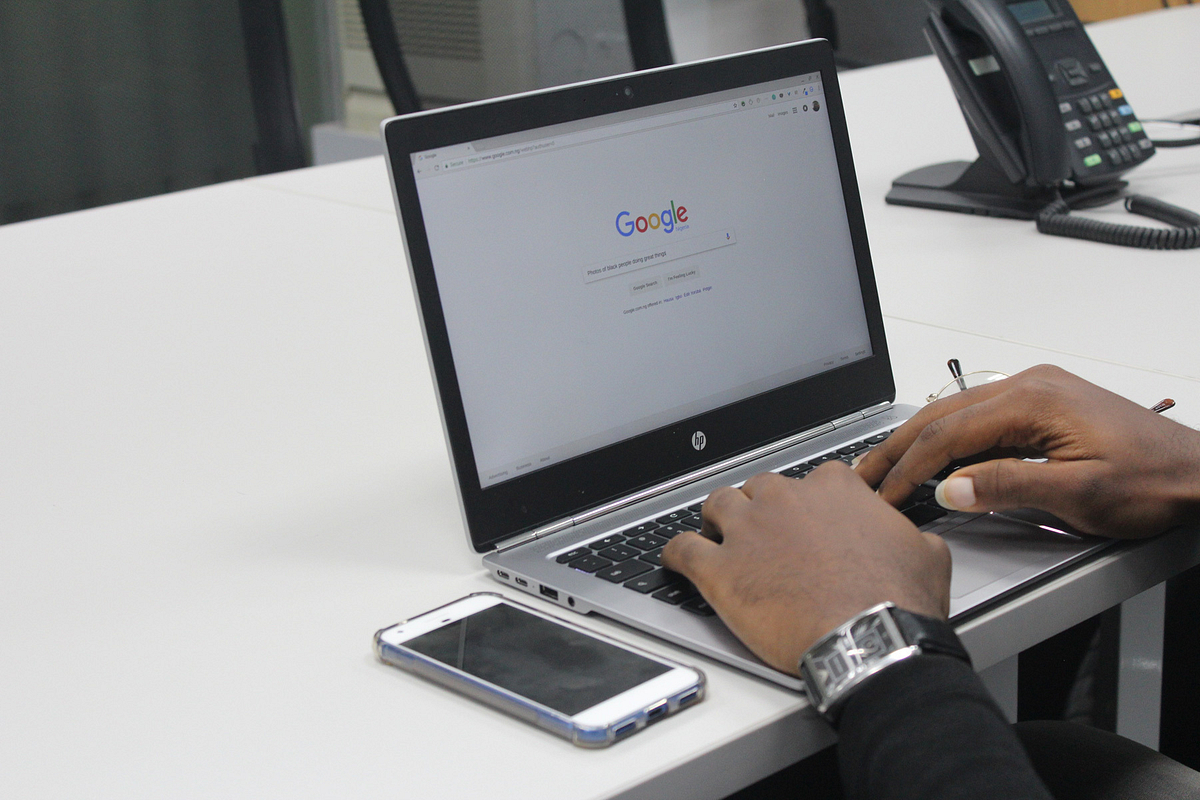
Use global SEO to increase your business website ranking
Everyone seems to be using SEO these days, but the techniques usually employed are basic at best. While this will certainly boost your website’s ranking in Google searches, it can only help up to a point. As a business, you are competing with other companies that are using the same SEO techniques as you, causing your search engine ranking to fall with each passing day.
52 percent of all online content is written in English, but this could be detrimental to your company’s brand. Keep the following in mind for your website:
- Only 25 percent of people that are online are English speakers
- As many as 45 percent of Europeans don’t use websites that are in any language other than their native tongue.
- A total of 42 percent of European shoppers will not buy a product if the product description is written in another language. If you consider the same issue in the rest of the world, this figure rises to 85 percent.
- As many as 56 percent of online shoppers consider a product description in their own language to be a more important factor than the price of the product.
When you think about the stats, localisation is a tool that you need to integrate into your website now. You need to meet the demands of your customers, based all over the world, to ensure you attract their attention and win their business, with content that comes up in their own language.
Websites that cater to the international customer increase the amount of time that a user spends on the site because the content is written in a language that they can understand.
How other businesses have won with localisation
Localisation has played a key role in helping some very well-known businesses expand their global reach.
Airbnb – localisation fuels explosive global growth
Originally set up as a room-sharing app for users in the San Francisco area, Airbnb quickly realised that their service would be useful to travellers all over the world. Airbnb prioritised localisation so that as many people as possible could use the app and the website.
Central to this strategy is the use of computer-assisted translation tools, dynamically converting content into one of 26 languages depending on the user’s preferences. Dynamic translation has allowed Airbnb to grow their service incredibly quickly: it took them just one week to roll out their localised site for the Japanese market.
Apple – micro-localisation for a truly global audience
Although the same language is spoken in different countries, there are significant local variations. The ‘German’ spoken in Switzerland is very different to that spoken in Germany or Austria, for instance – and your potential customers will be able to pick up on these differences.
The Apple website is tailored to include these variations, ensuring that the text shown to French-speaking Canadians is localised to include the idiosyncrasies of the language, rather than showing them ‘generic’ French text. The same can be said for Spanish (Spain, Mexico, Colombia etc), Portuguese (Portugal and Brazil) and even English (the USA, the UK and Australia).
This attention to detail means that copy is fully-optimised for the target audience, dramatically improving its effectiveness – and conversion rates.
Apple operates 115 localised websites, to ensure that they always speak the customer’s language. This fine attention to regional language variations is best achieved using manual translations provided by native speakers.
So, how do you use localisation to increase your company’s website ranking with a search engine?
By using localisation, you can reach customers located in international markets and increase your revenue as a result. Consider these tips for enhancing your global SEO:
- Think about the markets you really want to reach
As you extend your business into other markets, you need to do so in a way that is manageable and controlled. This will allow you to create quality content and provide these new customers with the best consumer experience possible. Keep your sights on the very markets that you want to reach and don’t overextend yourself by trying to dip your toes into too many different ones at once. You should personalize your SEO strategy to these markets to get the best results. As you decide which countries you’re going to have the greatest impact on, you can then focus your attention on the languages in which your content needs to be conveyed.
- Create a strategy for your content
One of the most frequent errors companies make is that when transitioning their content for an international market, they simply translate the content they already have without putting much thought into how it affects global customers. You need to create content that is specific to the global markets you have chosen. Content that works well with one country or language may not appeal to customers in another foreign market. You need to localize your content to the customers of each country that you are looking to reach.
- Make your content clear and concise
Use internationalization to make your content as clear and concise as possible for your customers. This means that the language into which you translate your website should be easily readable by any international visitors who alight upon the page. You want to make your company’s message as simple and as easy to understand as possible.
By making your content simpler to read, you can ensure the translation process goes as smoothly as can be, without any errors that a potential customer might get hung up about. This will also ensure that your message isn’t lost during the translation of your website, or between languages as you internationalize them.
- Select the right translation tool
Depending on how large a website or how many pages of content you decide to translate, you need to select the most effective translation technique possible. When your website content is refreshed or updated, you need to employ Computer Assisted Translation (CAT) tools or machine translation to ensure that you are making modifications to your website in real-time and using the most efficient methods, to make the localisation of the site easier.
You may also opt to have a professional translator carry out manual translation on content that is more permanent. This often consists of downloadable documents or key content pieces that never, or seldom, change. While CAT tools are an efficient way to translate content, they are not always error-free, and you want to have the highest quality content you can achieve on your website. Human translation will give you the ability to have text that contains no mistakes, giving you peace of mind, as you will know that you are not offending or turning off your customers with the content you have translated.
- Set your sights on the right search engines
While Google is the primary search engine that users gravitate towards, in international regions, there are others that are more popular. Take China, for example; this region uses Baidu as its primary search engine for products and services. Russian consumers use Yandex and countries where Arabic is the primary language use Maktoob.
As you prepare to select a translation professional, you need to make sure that they understand the SEO nuances and algorithms used by search engines all over the world.
Don’t overlook your other marketing efforts
Your other promotions need localisation as well. As important as your website is, make sure you use localisation in your other marketing initiatives, so as to reach your customers through other mediums. Every time your content appears before an international customer, it needs to be consistent with the efforts you have already put into your website. This will ensure you have high-quality marketing promotions that reach customers in a meaningful way.
All the sales emails that you send through Marketo or Salesforce need to be translated into the customer’s native language to be effective. You also need to do the same with your pay-per-click display advertising. Without proper translation, this advertising will have little effect on the customers you are trying to reach with it.
Get started now!
By using localisation techniques now to translate your website, your business will be better equipped to work with customers all over the world. The more you make your website tailored to their language, the better you will be able to communicate your company message and the more products and services you will sell.
For more information about localisation, and how Travod can help, give us a call. We’re ready to support your language needs!
Subscribe for more
Stay up to date with the latest articles, news and translation insights


